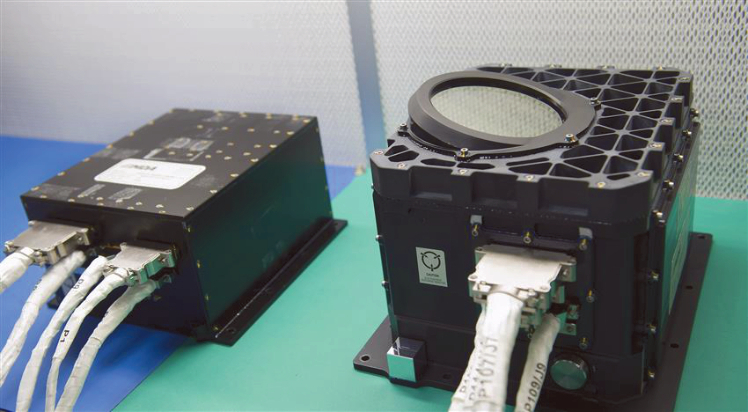A sample of the Bennu asteroid is making headlines two years after the sample was delivered. Bennu is rich in carbon, nitrogen, and some organic compounds that are essential to life as we know it on Earth. New insights from three scientific papers on Bennu’s sample describe what could be the origin and composition of the asteroid, thanks to a Canadian LiDAR (Light Detection and Ranging) instrument on the OSIRIS-REx satellite.
“Research suggests that Bennu is made of fragments from a larger parent asteroid destroyed by a collision in the asteroid belt, between the orbits of Mars and Jupiter,” reads an article from the Canadian Space Agency.
“This asteroid likely formed in the outer solar system (farther from the Sun than Jupiter) from material that originated in diverse locations: near the Sun, the outer solar system and even beyond our solar system. Despite very low odds and despite its tumultuous evolution, some of its materials retained their initial state.”
Analyses of the sample suggest the organic matter present in the sample from Bennu formed in interstellar space, beyond our solar system, along with grains of stardust that predate the Milky Way galaxy, Earth finds its home, and high-temperature minerals that formed closer to the Sun.
“As astonishing as this is, the fact is that most of Bennu’s materials were transformed by exposure to the harsh space environment and interactions with water,” reads the article from the Canadian Space Agency.

“Bennu’s ancestor probably formed through the accumulation of dust and ice in the outer solar system. At one point, the ice melted and caused certain minerals to transform. This process is what would have formed most of the minerals containing water in the sample of Bennu.”
The study of the sample also found microscopic craters and tiny splashes of once molten rock. The article suggests this was caused by micrometeorites pelting the surface of Bennu. Along with the effects of solar wind, these microscopic craters are what cause “space weathering.” A process that can be better understood thanks to the Bennu sample.
In exchange for Canada’s contribution to the OSIRIS-REx mission and the Canadian OSIRIS-REx Laser Altimeter, the Canadian Space Agency will curate about 4 per cent of the sample at its headquarters in Longueuil, Quebec.






